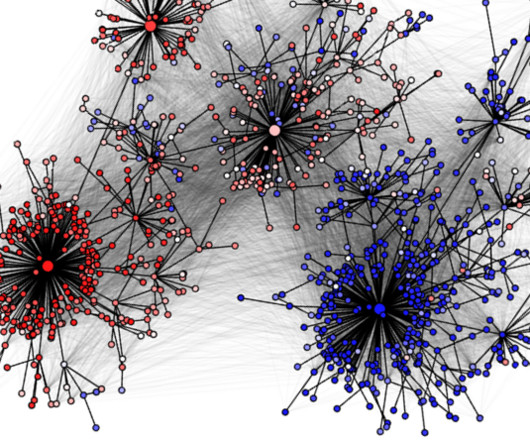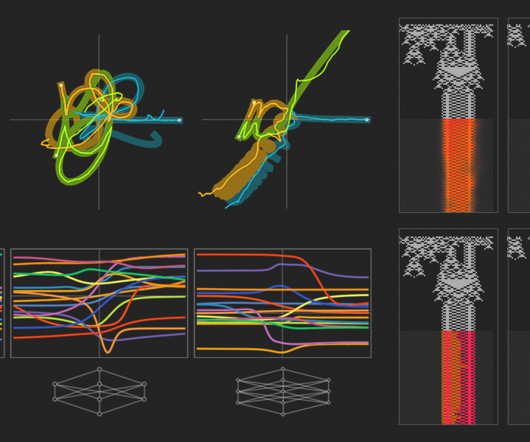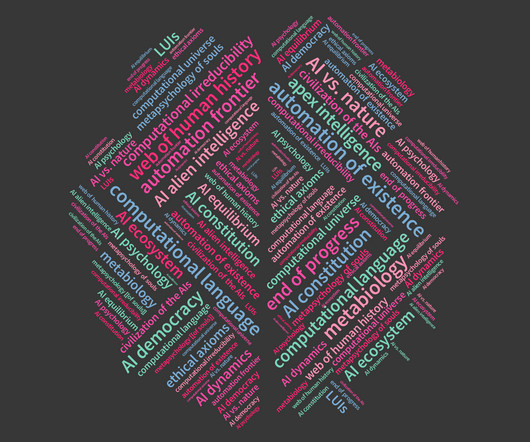How can we unravel the complex history of networks?
Futurum
SEPTEMBER 14, 2023
Dr Min Xu, a statistician specialising in network analysis at Rutgers University, has developed a probabilistic model that can determine how a network has grown, which not only has applications in epidemiology, but is also useful in social science, genetics and counter-terrorism efforts. What is a network? “A www.learnpython.org ).












Let's personalize your content